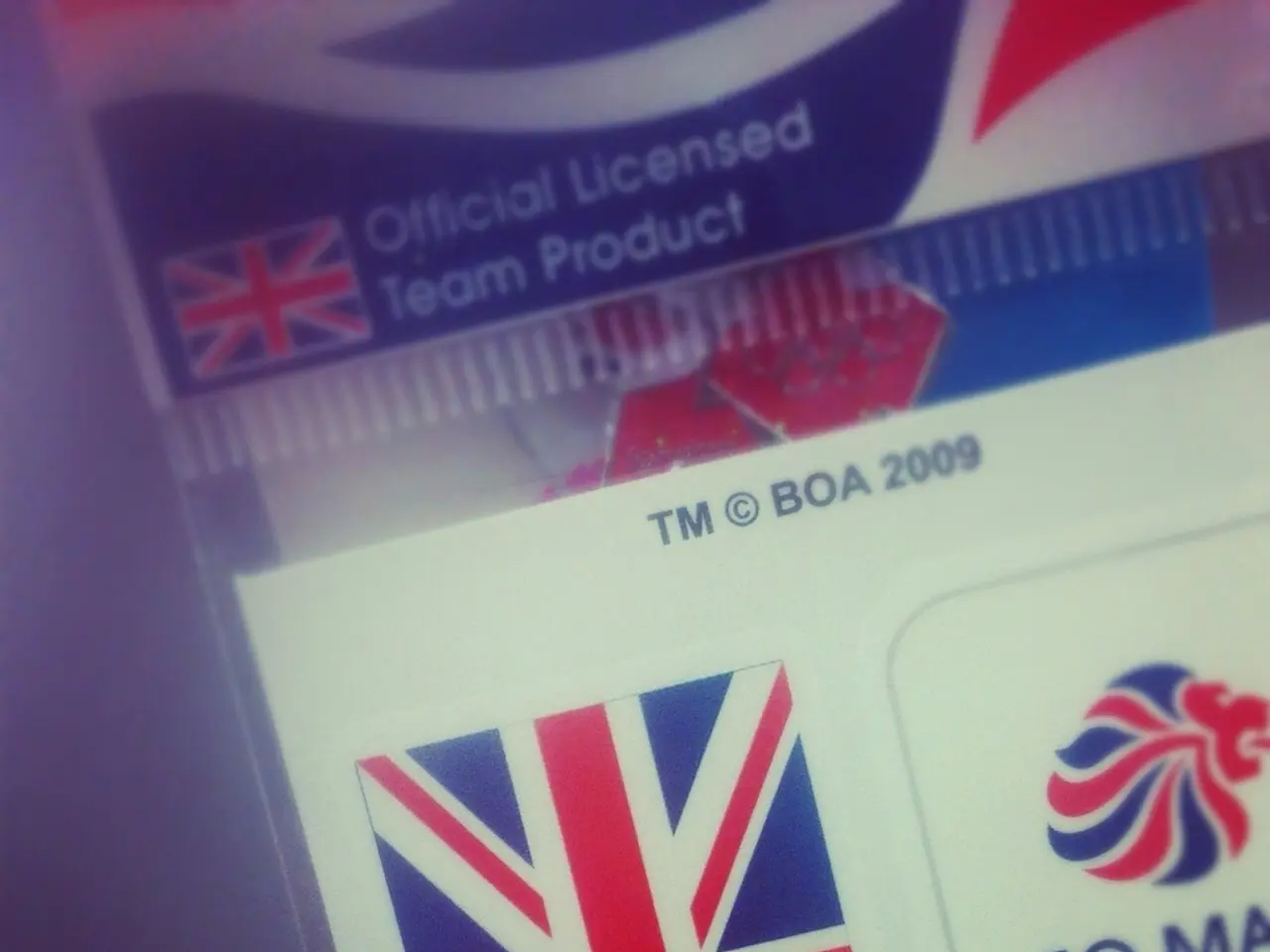Banks and Insurers in a Standstill: The Urgent Need for a Rethink Today
In the rapidly evolving digital landscape, the importance of Managed Services has never been greater. Gerald Mehring, from Capgemini, has introduced Managed Services 2.0 as a modernised operating model for IT operations, designed to overcome stagnation in traditional services and support ongoing digital transformation.
At its core, Managed Services 2.0 represents a new operational mindset, focused on controllability, modularity, and adaptability, rather than just availability. This approach integrates project and operations, breaking down silos to enable continuous governance across platforms, teams, and technologies.
Key characteristics of Managed Services 2.0 include the integration of diverse components such as FinTech connections, third-party systems via APIs, cloud-native services, and AI/ML platforms into a cohesive operational framework. This is achieved without compromising security or regulatory compliance.
SLA dashboards, service desks, and ITIL frameworks, enhanced by API-driven management, provide transparency and effective control. A Single Point of Contact coordinates providers, managing responsibilities, escalation paths, and response times.
Embedding adaptations structurally rather than as isolated project changes is another hallmark of Managed Services 2.0. IT operations are viewed as a strategic enabler that supports innovation, compliance, scalability, transformation, control, and resilience.
Security is a productive prerequisite in modern Managed Services, with IAM and PAM systems, SIEM solutions, and zero-trust principles securing access and alerting in case of deviations. A comprehensive security framework includes decentralized control points, central logging instances, encryption of all data states, and automated re-certifications.
Application management today involves automated CI/CD pipelines, with full deployment lifecycle, automated tests, and integrated certifications. Disaster recovery processes, canary deployments, and rollback scenarios are standard in modern operating models, ensuring fast, reproducible, and tamper-proof operations.
Modern Managed Services integrate policies, role-based access, and cloud governance to manage transitions from legacy to cloud and API-based platforms. Legacy applications can be integrated into modern operating models using technical wrappers and automated monitoring and analysis.
Managed Services 2.0 are not about new tools, but an operational understanding with controllability, modularity, and adaptability. Cross-functional operations work with continuous governance layers replacing separate silos. Governance becomes a technical control component, with API gateways, compliance checks, policy enforcement engines, and logging forming the backbone.
Banks and insurers working with hybrid cloud strategies, such as AWS, Azure, or sovereign platforms like the Open Telekom Cloud, need a consistently controllable operating architecture. This is essential for an operating model that integrates new components without compromising security or regulatory integrity.
In summary, Managed Services 2.0 transforms IT operations into a strategic discipline, ensuring that IT architectures are operated innovatively and compliantly to support ongoing digital transformation and business needs. By prioritising an operational understanding with controllability, modularity, and adaptability, Managed Services 2.0 make IT operations a strategic discipline for transformation, control, and resilience.
[1] Mehring, G. (2022). Managed Services 2.0: A Modern Approach to IT Operations. Capgemini.
- The integration of financial technology (FinTech) connections, cloud-native services, and artificial intelligence/machine learning (AI/ML) platforms into the operational framework of Managed Services 2.0 demonstrates the importance of innovation in digital business.
- The emphasis on adapting IT operations structure rather than isolated project changes in Managed Services 2.0 showcases its role in fostering technology transformation, scalability, and compliance within modern business.




